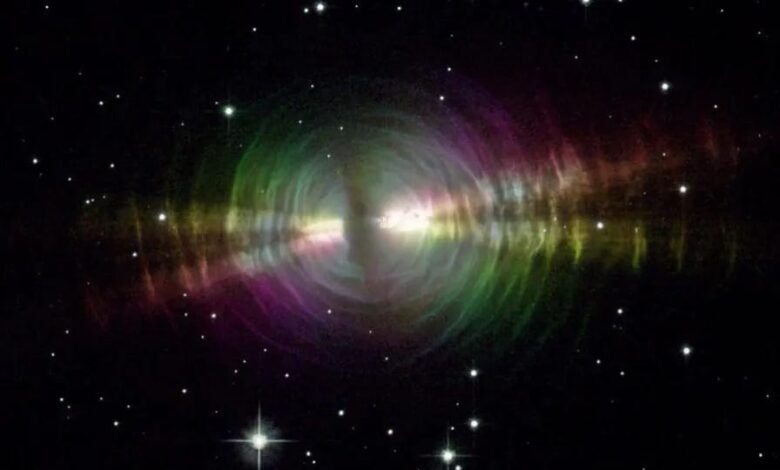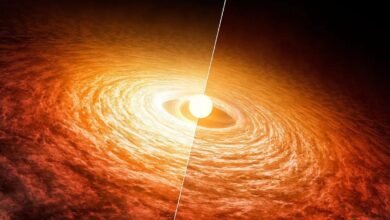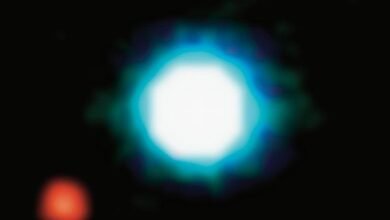Ask Ethan: What are the worst cosmic misnomers? | by Ethan Siegel | Starts With A Bang! | Feb, 2025

Historically, astronomers have often named things creatively, bizarrely, and often inaccurately. But which terms are the most egregious?
Out there in the Universe, there are all sorts of fascinating objects, phenomena, and events that have been either predicted, theorized, or directly observed. Some of them are named rather intuitively, as we have no problem with names like star-forming region or stellar remnant. Others are named a little more poetically, like kugelblitz, which refers to a (theoretical) black hole formed from radiation alone, or syzygy, which is the alignment of three (or more) astronomical bodies. Still others are words that were derived from acronyms, with objects like quasars derived from the acronym QSRS: quasi-stellar radio sources. While astronomers are kind of notorious for concocting unnecessary acronyms (astronomer Glen Petitpas has created a Dumb Or Overly Forced Astronomical Acronym Site, or DOOFAAS database), we can go further, and look to astronomy names that are complete misnomers: named in such a way that the literal meaning of the words used to describe the object or phenomenon inaccurately represent what it actually is.
That’s the inquiry of Patreon supporter Tim Graham, who was reading this recent article on the T…
Source link





